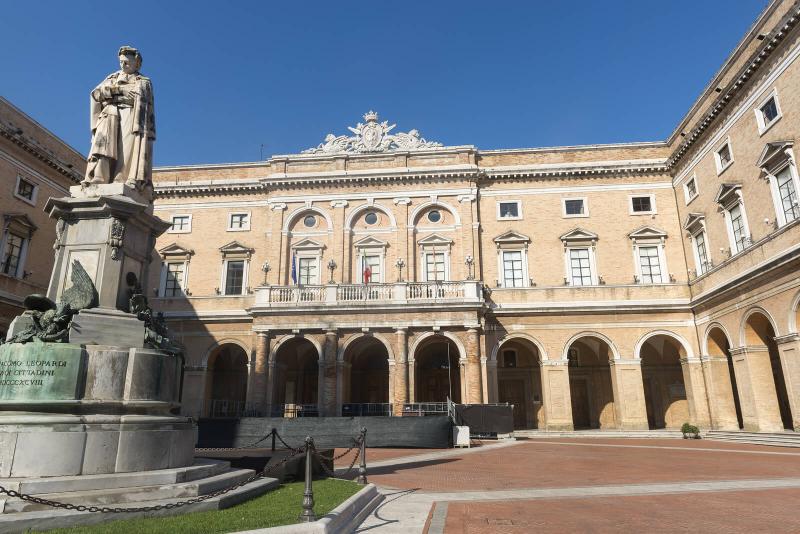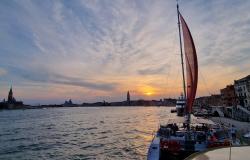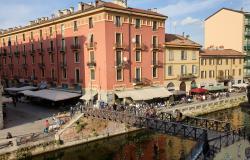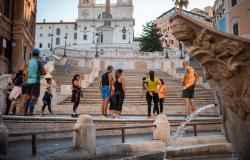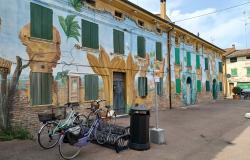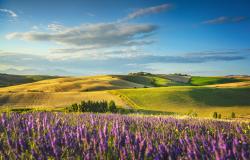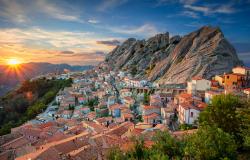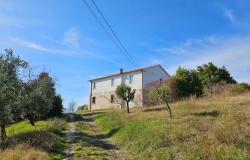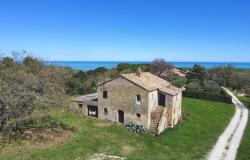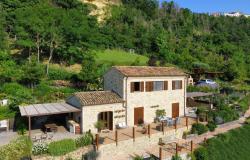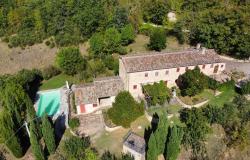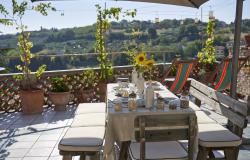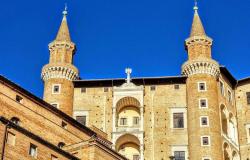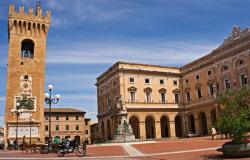Perhaps no other major poet in Italian literature has been so closely associated with a region than the way Giacomo Leopardi has with Le Marche, and especially his hometown of Recanati, the Marche town which was a main source of inspiration for his poems – and which, at the same time, he longed to escape.
Recanati was for a long time part of the conservative Papal States and, in 1798, fell under Napoleonic rule. Leopardi, who was born in 1798, grew up at a time of clash between the ideals of the French Revolution and opposite ones brought on by the Restoration. He spent hours in his father’s library, where he learned a great deal about classical and philological culture; he later came in touch with the main ideas of the Enlightenment, which he expressed in original ways in his writings. The conservative household in which he lived, however, felt so confined that, in 1818, he tried to escape; he was caught by his father and brought back home. He eventually managed to spend time in other cities, although his experience of Rome, for example, was mostly a negative one.
Walking in the delightful little town of Recanati today, one can still picture scenes from the daily life and characters that Leopardi described so well in his poems.
Monte Tabor, the hilltop that Leopardi reached on his daily walks, and the encompassing views he enjoyed from there were the inspiration for one of his most famous poems, L’Infinito (The Infinite), his yearning to experience life beyond his hometown. On the 'Hill of the Infinite', Colle dell'Infinito as the hill is better known today, one can see as far as the Monti Sibillini.
The small piazza described in Il sabato del villaggio (Saturday in the village) has been renamed with the poem’s title and stands in front of Leopardi’s house, another must-see during a visit of Recanati; it features the library where he devoted hours to ‘mad and most desperate’ studies (this has even become a common expression in the Italian language: uno studio matto e disperato). On the other side of the piazza is ‘Silvia’s house’, the place where Teresa Martini, who inspired the poem A Silvia (To Silvia) lived.
And how not to mention the internal cloister of the Church of Sant’Agostino, with the bell tower made famous by the poem Il passero solitario (The lonely sparrow), where Leopardi reflected on his solitary life and how he felt he was wasting the best years of his life, his youth.
Leopardi died indeed young; he had always had a fragile physical constitution and, in 1837, he passed away, while living in Naples, during the cholera epidemic. He was 38 years old.
Throughout his short existence, Leopardi had a conflictual relationship with his hometown; and yet, or perhaps because of it, some of his most memorable poems were written in and inspired by his life in Recanati.
